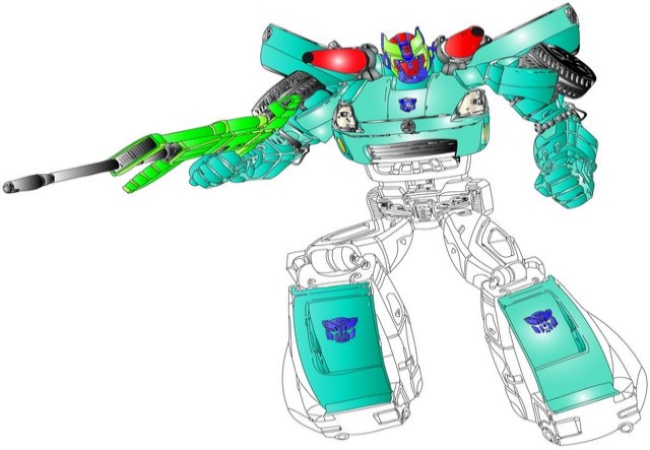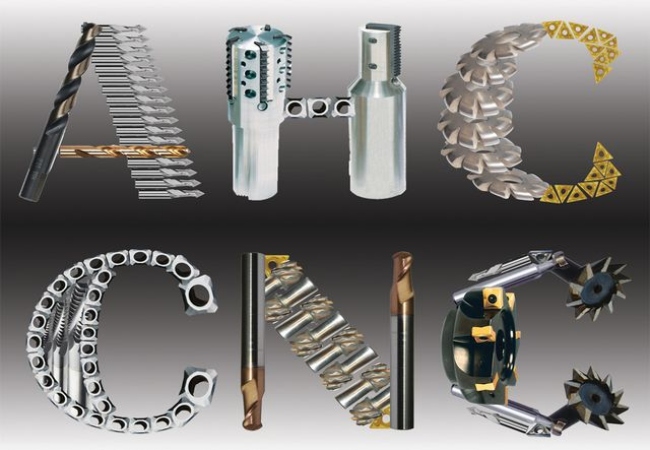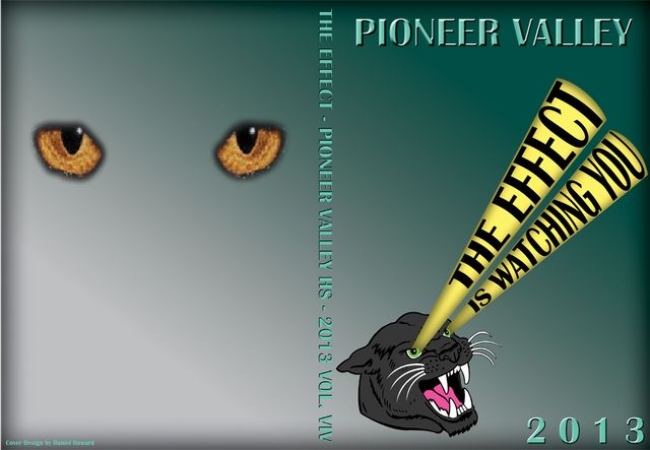Industrial Technology Department

Welcome to the home page of the Industrial/Career technology department. We offer many pathways to skilled job opportunities: Engineering, Engine Repair, Graphic Arts, Technical Drawing, Electronics, Robotics, and Product Design. See the descriptions below for more specific details.
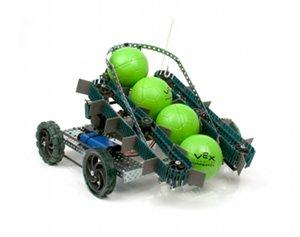 Electronics
Electronics
Electronics prepares students for entry-level positions in the electronics industries. It is also a solid foundation for students pursuing engineering majors in college.
Upon successful completion of this course, students will be able to demonstrate the following knowledge/skills:
- Safety related to the electronics industry
- Proficiency with digital multi-meter
- Calculations of voltage, current, and resistance in DC circuits
- Identify series and parallel circuits
- Solving basic Ohm's Law calculations
- Assemble simple circuits from schematic diagrams
- Test electronic circuits
- Build simple robots that are able to perform specific tasks
- Modify, design and build robots to perform specified tasks
- Program automated operations for a robot to perform specified tasks
- Understand the operation of robotic electrical and mechanical systems
- Understand the basic operation of automated robotic systems
 Graphic Arts
Graphic Arts
This is an exploratory course, which will expose students to the world of visual design. The fundamentals of graphic art design, theory, and production, will be investigated. As an introductory course, students will follow a process of design from concept to production, using a variety of tools and equipment. Students will solve design problems assigned by the instructor, and provided by on campus projects.
Upon successful completion of this course, each student will be able to demonstrate competency in the following:
- Making critical aesthetic judgments
- Self-reliance and independent thinking
- Solving problems individually and/or in small teams
- Using specialized graphic arts vocabulary as it relates to theory and production
- Application of principles and elements of design to projects
- Basic knowledge of computer use as applied to graphic arts
- Knowledge of safe and correct applications of graphic arts production equipment
- Expressing intentions and accomplishments using oral and written skills in public (classroom) presentations
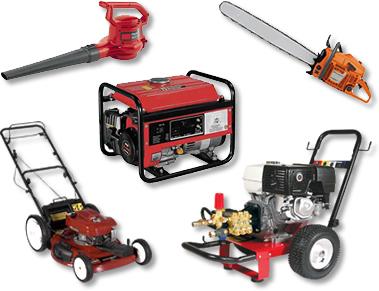 Small Gas Engine Repair
Small Gas Engine Repair
Small Gas Engine Repair is a course to introduce students to the safety, tools, methods and procedures used in the shop environment. Students will also be taught the components, function and theory of operation of the internal combustion engine, including hands-on experience in engine disassembly, assembly and operations. In addition, the knowledge and experience can be applied to careers in mechanical engineering.
Upon successful completion of this course, students will be able to demonstrate the following knowledge/skills:
- Safely work in a shop environment.
- Understand and use basic small gasoline engine terminology.
- Properly use hand tools.
- Complete the assembly and disassembly of a small gasoline engine.
- Use various instruments and measuring devices for engine evaluation.
- Accurately follow written instructions for small gas engine service.
- Explain the mechanical operation of small gasoline engines.
- Minor small gas engine repairs.
 Architectual Drawing
Architectual Drawing
The purpose of Architectural Drawing is to give students an opportunity to explore the area of architectural design and practices.
Upon successful completion of this course, students will be able to demonstrate the following knowledge/skills:
- Fundamentals of lettering, dimensions, line work, layout, and use of architecture scale.
- Understand and use basic architectural terminology.
- Develop an interest in a possible career in the field of architectural or consumer concerns.
- Develop freehand/sketching fundamentals.
- Develop skills with drafting equipment.
- Develop floor plans, wall sections, construction foundations, and elevations.
- Solve design problems.
 Mechanical Drawing
Mechanical Drawing
The purpose of Mechanical Drawing is to give students an opportunity to explore the area of drafting techniques.
Upon successful completion of this course, students will:
- Develop fundamentals of lettering, dimensions, line work, layout and use of scale.
- Understand and use basic drafting terminology.
- Develop an interest in a possible career in the field of drafting.
- Develop freehand fundamentals.
- Develop fundamental skills with drafting equipment.
- Develop fundamentals of geometric construction.
- Develop fundamentals of orthographic projection (three-view construction).
- Practice basic computer skills

